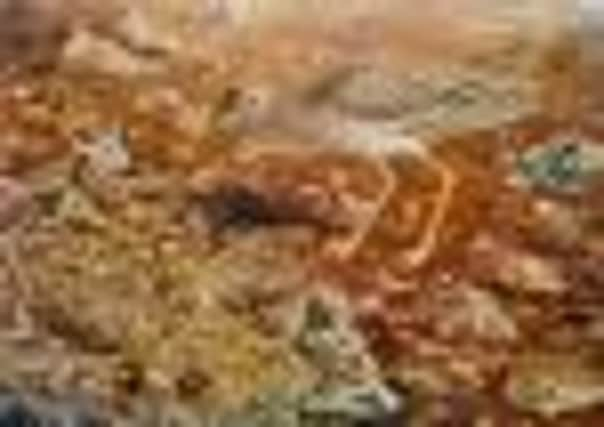'˜Spirit of the Downs' is back


I have spent (wasted?) hours of time over the years scanning the chalky fields of West Sussex hoping to see that magical sight in the lens: a great big yellow eye staring back at you as if to say: ‘Now you see me now you don’t’.
But with the success in re-establishing stone curlews on the Brecks with the help of farmers and the RSPB, it seems that this strange bird is once again back where it truly belongs.
Advertisement
Hide AdAdvertisement
Hide AdTwo pairs have in the past year or two nested somewhere along the chalk ridge of the South Downs and reared young.
Nobody will tell you where of course, but who knows, it could be a field near you.
Forty years ago, a pair of stone curlews used to arrive on Langford Far fields next to Kingley Vale on April 4 every year.
This was at about the same moment in the year when a hoopoe or two would also suddenly appear from Africa and sit on the barbed wire fence in the same field.
Advertisement
Hide AdAdvertisement
Hide AdSadly both of these rare birds vanished for the next thirty years at that particular spot.
Possibly the last stone curlew bred or at least set up territory in the Stoughton valley on Ronald Langmead’s farm fields.
Ten years ago I saw a single bird on the wide open arable fields just west of Goodwood’s Trundle.
I do not know if there was a pair or if a successful nest was made and chicks reared.
Advertisement
Hide AdAdvertisement
Hide AdAs you can see from the old painting by Sussex artist Philip Rickman, the stone curlew is one of the most camouflaged birds in existence.
The fact makes it, like the pheasant and the woodcock, a very tasty bird.
In my youth, poulterers at Bingay in Suffolk, used occasionally to sell ‘Norfolk Plovers’ in their shops, though these could equally be the local name given to corncrakes.
So the bird has to be very careful how it moves around the landscape and needs every bit of protection available, whether from control of foxes and crows, to a sharp-eyed tractor driver rolling the winter cereals.
Advertisement
Hide AdAdvertisement
Hide AdAs a farmer, you could just be hosting the rarest bird on the South Downs.
Up to the 1930s stone curlews could be heard singing at dusk all over the Downs.
They were known as the shepherd’s friend, keeping these lonely fellows company in the darkness of the summer downs, singing every night right through to August.
Local Sussex names collected by the ornithologist John Walpole-Bond, gave the following list: Curlew, Great Plover, Hill-Curlew, Little Bustard, Night-Curlew, Night-Hawk, Norfolk Plover, Thick-Knee, and Thick-Kneed Bustard.